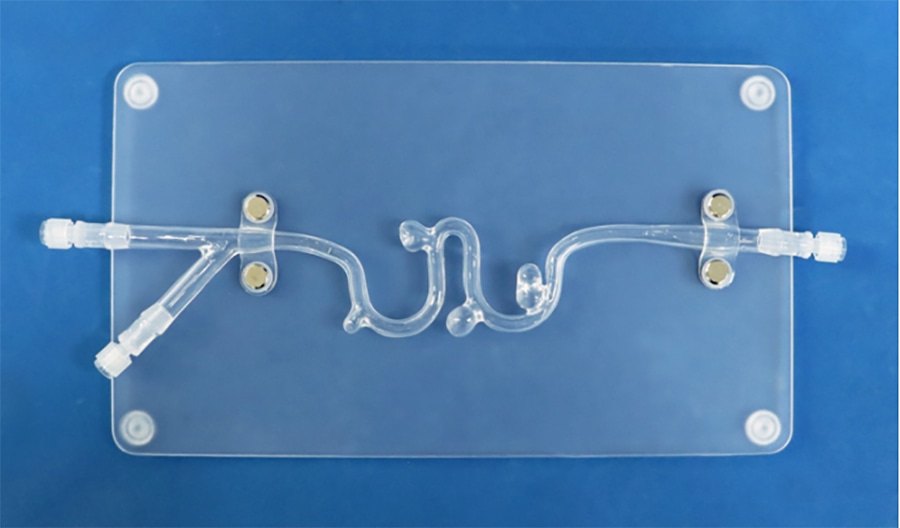
#Industry News
Understanding Carotid-Cavernous Fistula: Causes and Symptoms
Carotid Aneurysm
Introduction:
Carotid-cavernous fistula (CCF) is a rare vascular condition characterized by an abnormal connection between the carotid artery and the cavernous sinus, a venous structure located behind the eye. This connection disrupts the normal blood flow in the affected area and can lead to a range of symptoms. Although CCFs are relatively uncommon, it is crucial to understand their causes, recognize their symptoms, and explore the available treatment options.
Causes and Types:
CCFs typically occur as a result of trauma, such as head injury or fractures involving the skull base. However, they can also develop spontaneously without any apparent cause. There are two main types of CCFs: direct and indirect.
1.Direct CCF:
Direct CCFs involve a direct communication between the carotid artery and the cavernous sinus. These are often associated with trauma, such as a severe head injury or a fractured skull base. The sudden increase in pressure within the cavernous sinus can prompt the formation of an abnormal connection.
2. Indirect CCF:
Indirect CCFs, also known as dural arteriovenous fistulas, are typically non-traumatic and develop spontaneously. They involve an abnormal connection between the meningeal branches of the carotid artery and the veins of the cavernous sinus. The exact cause of spontaneous CCFs is not fully understood but may be related to structural abnormalities or changes in the blood vessels.
Symptoms:
The symptoms of CCFs can vary depending on the type and severity of the fistula. Some common signs and symptoms include:
Red or bulging eye
Vision problems, such as blurred or double vision, and decreased visual acuity.
Eye pain or discomfort
Swelling and prominent veins on the forehead and around the eye
Pulsating tinnitus (ringing in the ears synchronized with the heartbeat)
Proptosis (forward displacement of the eye)
Epistaxis (nosebleeds)
Headache and facial pain
It is important to note that the severity of symptoms may range from mild to severe, depending on the size and location of the fistula.
Early diagnosis and prompt treatment are crucial to prevent complications and preserve vision. With advancements in medical technology and a range of treatment options available, healthcare providers can effectively manage and treat carotid-cavernous fistulas, offering improved outcomes for affected individuals.





